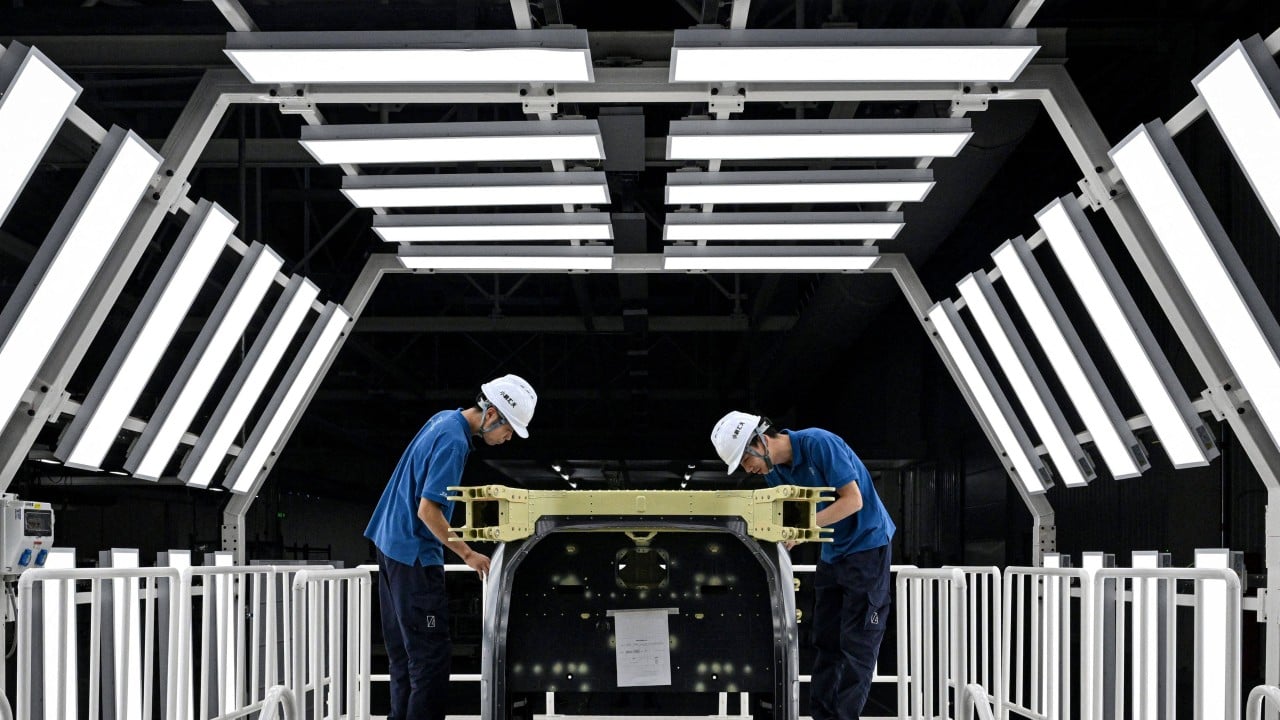
For years, many foreign companies treated China as a vast consumer base or a low-cost manufacturing hub. Now that paradigm is shifting dramatically. China is not just where multinationals scale production or sell at volume; it is increasingly where they make strategic decisions, engage in serious research and development and innovate in ways that will have a global impact.
These are not just China-specific models; they feed into the car maker’s global EV strategy, signalling the country’s new role as a key piece of multinationals’ innovation jigsaw puzzle.
This pivot requires real R&D localisation and genuine decision-making power for Chinese engineers and product teams. It also calls for the creation of Chinese-led innovations that can be scaled globally.
Long-term conviction underpins this transformation. China remains uniquely attractive: its market size, consumer diversity, mature industrial ecosystem and world-class engineering talent offer structural advantages few countries can match.


